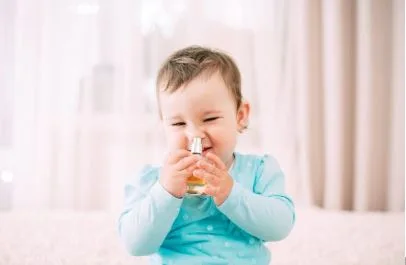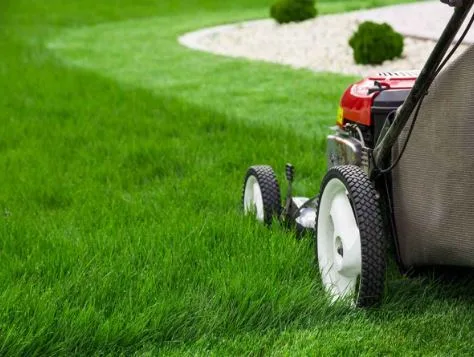2Baby Cologne 2.0: Safety, Science, and the Growing Market for Tiny Noses
The first smells a newborn encounters linger in memory long after the mobiles come down and the lullabies fade. From the warmth of a caregiver’s skin to the faint sweetness of freshly washed blankets, scent is an early language of comfort. Brands have noticed, and a once-niche item on pharmacy shelves is becoming a fast-moving category: modern baby cologne.
Behind the cute bottles and pastel labels lies a serious blend of chemistry, regulation, and consumer insight. This report tracks how the segment evolved, what science says about scent and infant wellbeing, and where the commercial opportunity is headed next.
The Evolution of Infant Fragrance
Early twentieth-century parents relied on talc-scented powders and rosewater to keep babies smelling “clean.” By the 1980s, alcohol-based splash colognes mimicked adult perfumes but at milder strength. Today’s formulas shift again: water carriers, plant-derived humectants, and minimal allergen footprints. Analysts peg the global baby fragrance market at roughly 150 million US dollars in 2024, with forecasts topping 340 million by 2030. Growth hotspots include Southeast Asia, Latin America, and parts of Europe where gifting traditions boost holiday sales.
Olfactory Development: What the Research Says
Smell and Early Bonding
Infants detect odors in utero and can distinguish their mother’s scent within hours of birth. Mild aromatic cues can therefore reinforce attachment during feeding or bedtime routines. Studies also note that gentle fragrance lowers parental stress, creating a feedback loop of calm.
Thresholds and Tolerances in Infants
A baby’s nasal passages are small, mucus membranes are sensitive, and enzyme systems that process irritants are immature. Experts recommend fragrance concentrations under one percent and diffusion through fabric rather than direct skin application. Subtlety matters: soft top notes dissipate quickly, allowing caregivers to monitor any reaction.
Regulation and Safety Standards
Ingredient Blacklists and Allergen Watch Lists
In the European Union, cosmetic rules cap 26 potential allergens and prohibit known endocrine disruptors. The United States leans on voluntary reporting, but retailers increasingly demand third-party certification to pre-empt recalls. Botanical extracts, even “natural” ones, can trigger dermatitis, so formulators rely on micro-dosing and stability testing to stay below irritation thresholds.
Label Literacy for Parents
Parents scanning a box should look for an alcohol-free badge, batch code, and clear INCI (International Nomenclature Cosmetic Ingredient) list. Light-fast glass protects volatile oils, while pump-sprays minimize airborne droplets that might reach tiny airways.
Formulation Trends Driving Baby Cologne 2.0
Twenty-first-century parents want efficacy without compromise. Water-based carriers replace ethanol; glycerin adds humectant softness; sugar-derived solubilizers keep fragrance oils evenly dispersed. Classic baby-powder synthetics step aside for micro-dosed floral perfumes, such as chamomile or orange blossom, chosen for their calming associations and low sensitization risk. Heavy balsams or musks stay out of the formula, and colorants are rare.
The Business Opportunity
Baby fragrance occupies a sweet spot between personal care and emotional gifting. Subscription bundles bundle cologne, lotion, and wipes for quarterly delivery, smoothing revenue. Retailers position gift sets next to registry kiosks where impulse buys thrive. Heritage fragrance house Zermat nudges the frontier further by shelving its baby line beside unisex home sprays, encouraging families to scent every room in a coordinated, alcohol-free story.
Counterfeit Risks and the Role of Authenticity
Rapid growth brings imitation. Online marketplaces list thousands of low-price “baby scented water,” some blatantly copying label art. These perfume dupes present two risks: diluted scent quality that disappoints buyers and undisclosed additives that could harm infants. To combat fakery, leading brands embed tamper-evident QR stickers that, once scanned, display batch data and expiry dates on a secure portal. Retailers verify shipments upon arrival, closing the gap between factory and crib.
Consumer Insights: What Today’s Parents Want
Surveys across five markets reveal three top priorities: proven safety, sustainable sourcing, and a scent profile parents enjoy alongside the baby. Many respondents appreciate a light aroma that masks milk spills without overwhelming. Eco cues matter too: biodegradable wipes, recyclable glass, and cruelty-free claims increase purchase intent. Cost is less of a barrier when the product doubles as a keepsake gift.
Quick-Start Checklist for Safe Spritzing
- Look for alcohol-free water carriers on the front label.
- Check fragrance concentration; reputable brands publish figures under one percent.
- Test on fabric first, such as a swaddle corner, and inspect skin for redness after contact.
- Store away from heat to maintain scent integrity and limit microbial growth.
- Discontinue at any hint of irritation and consult a pediatrician if symptoms persist.
Conclusion
Baby cologne is no longer an afterthought in the grooming aisle. Guided by toxicology data, transparent labels, and consumer demand for gentle rituals, the category illustrates how science and marketing can coexist around the most delicate of customers. As long as safety remains at the core—and parents stay vigilant about authentic supply chains—the future of tiny noses looks pleasantly scented.





